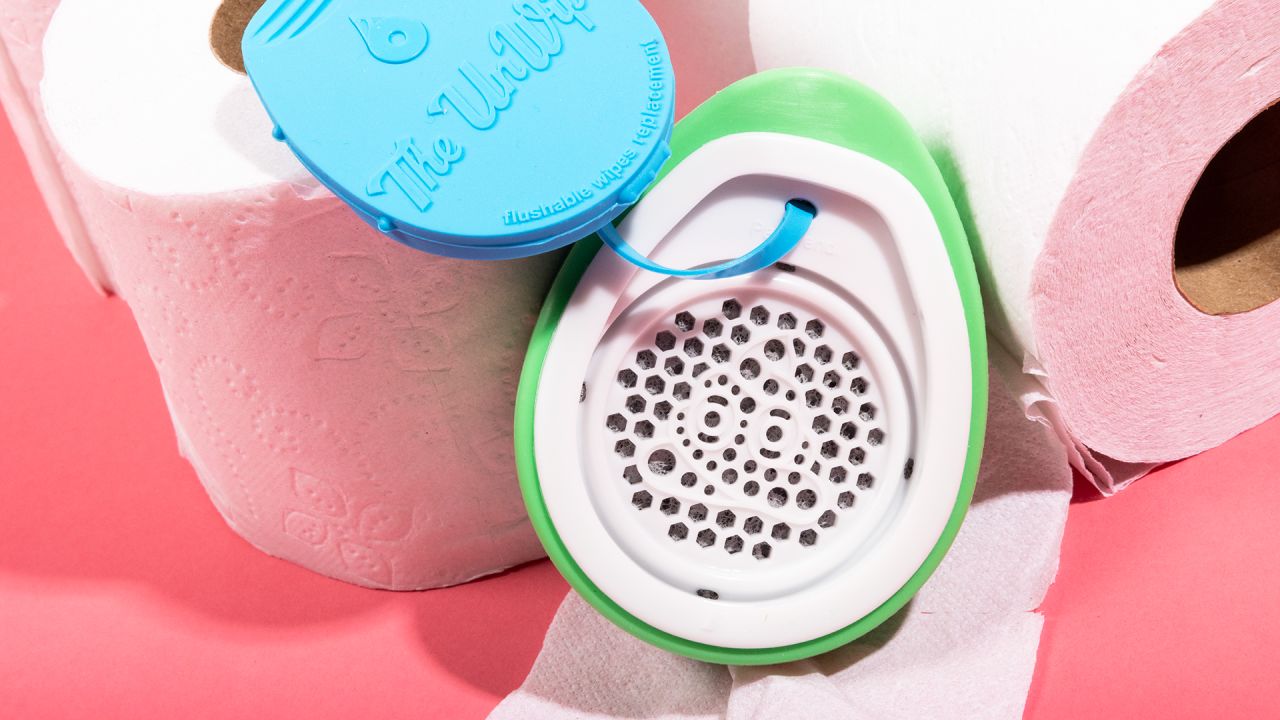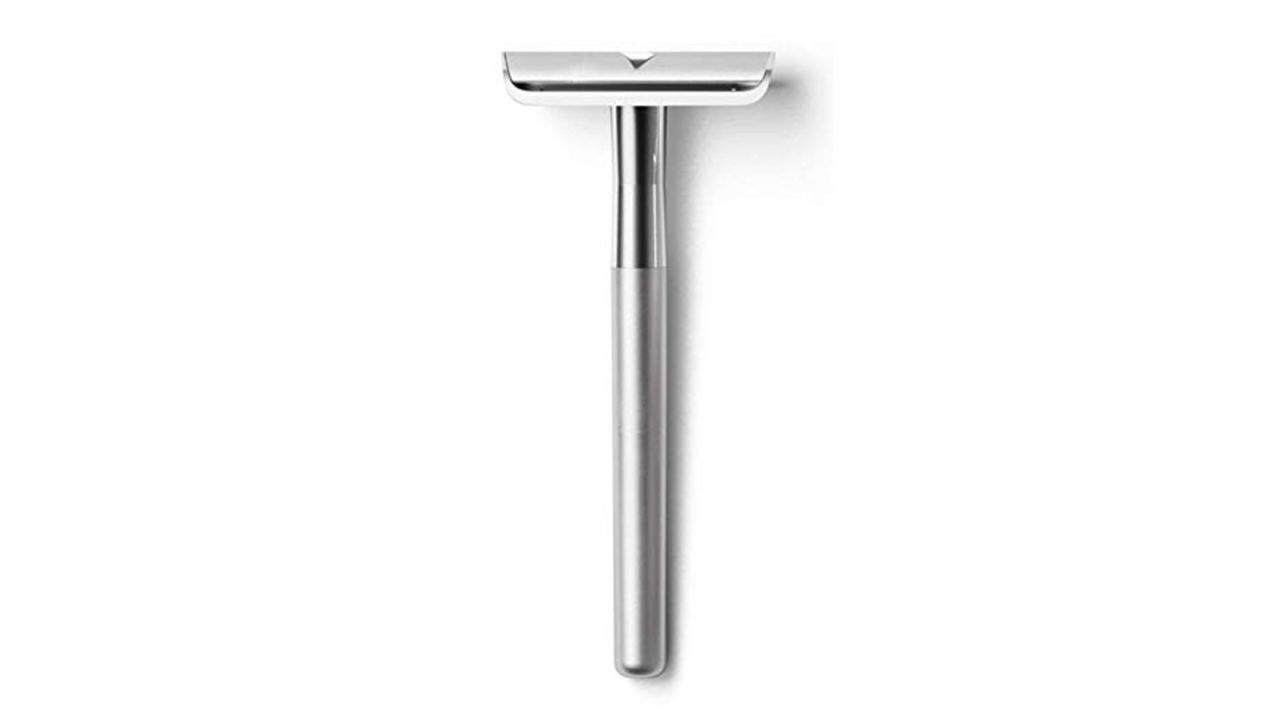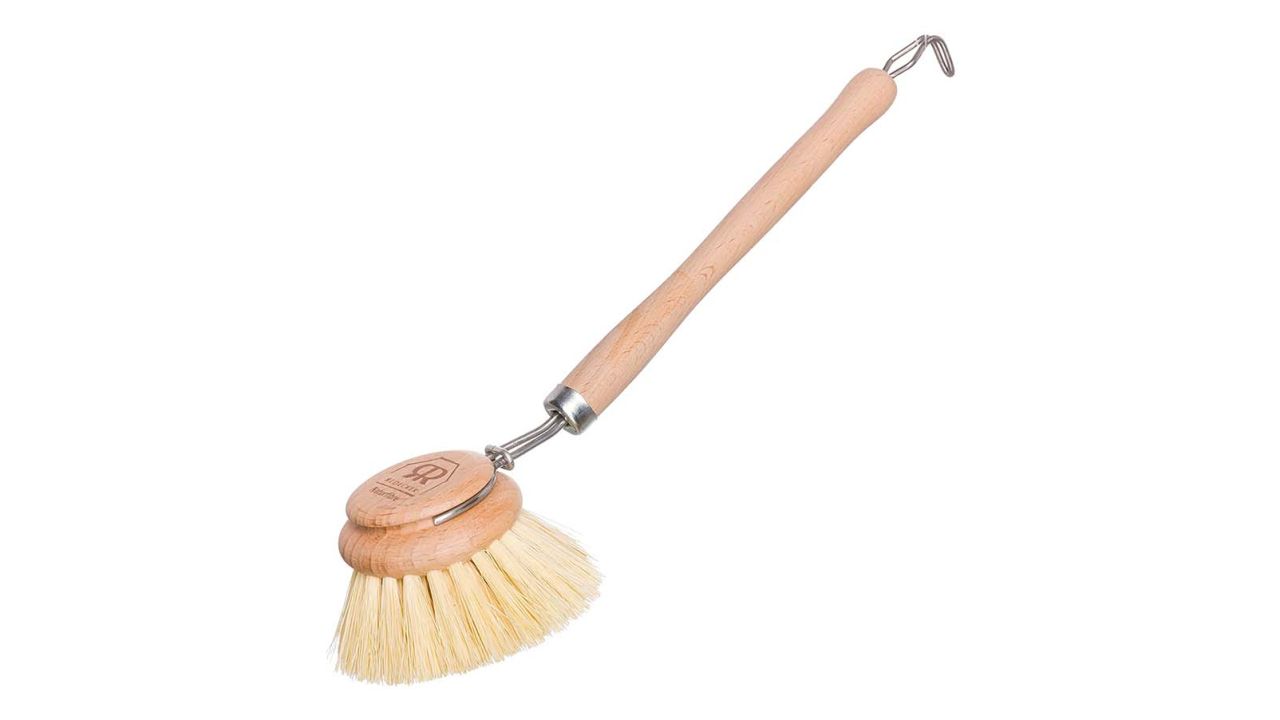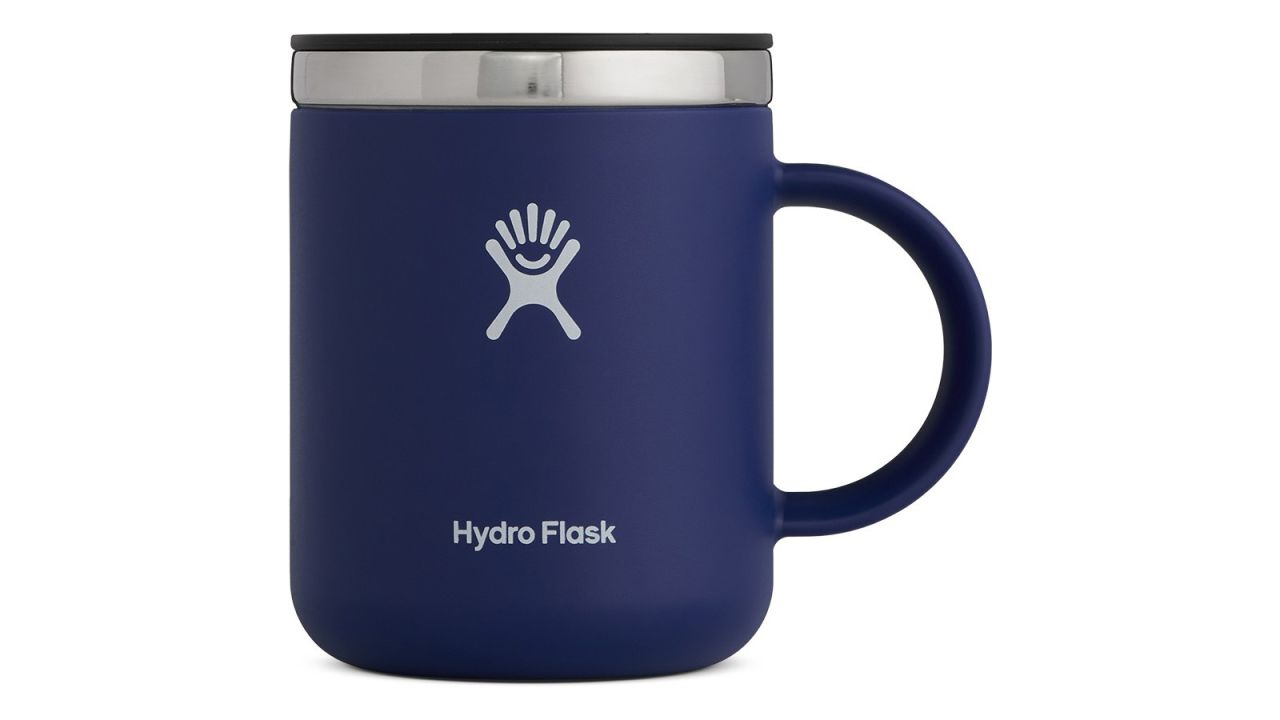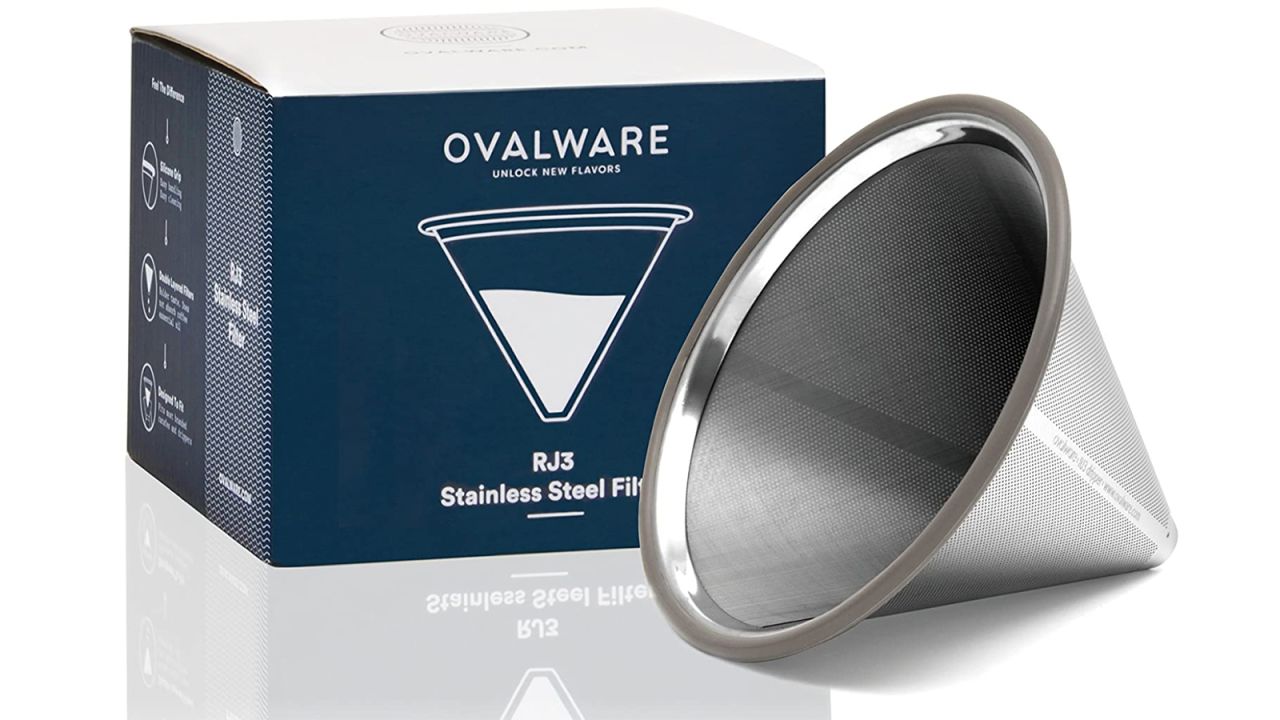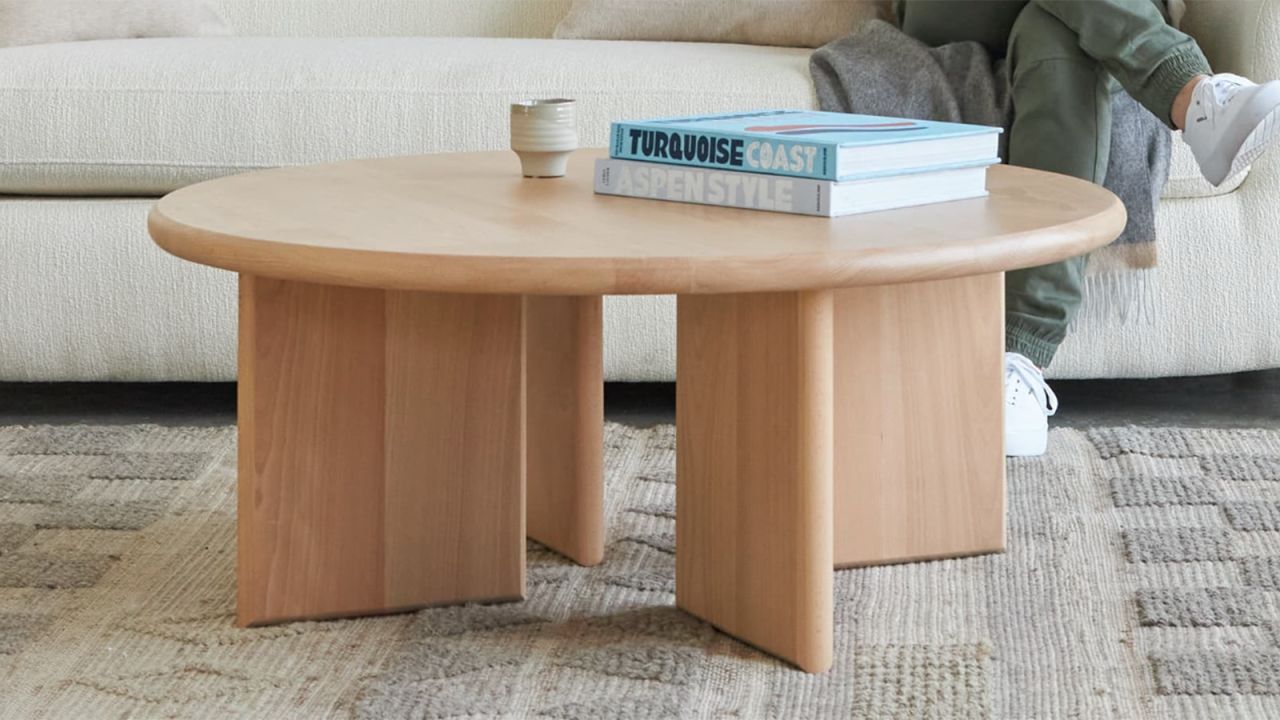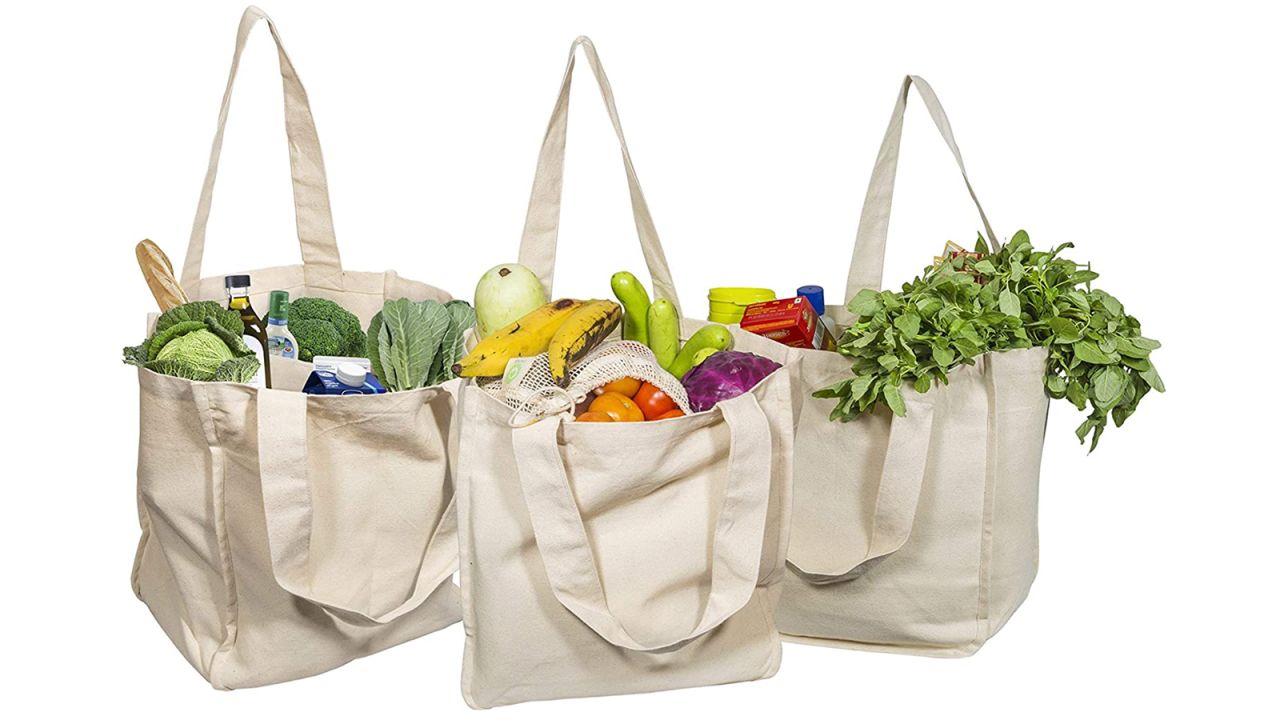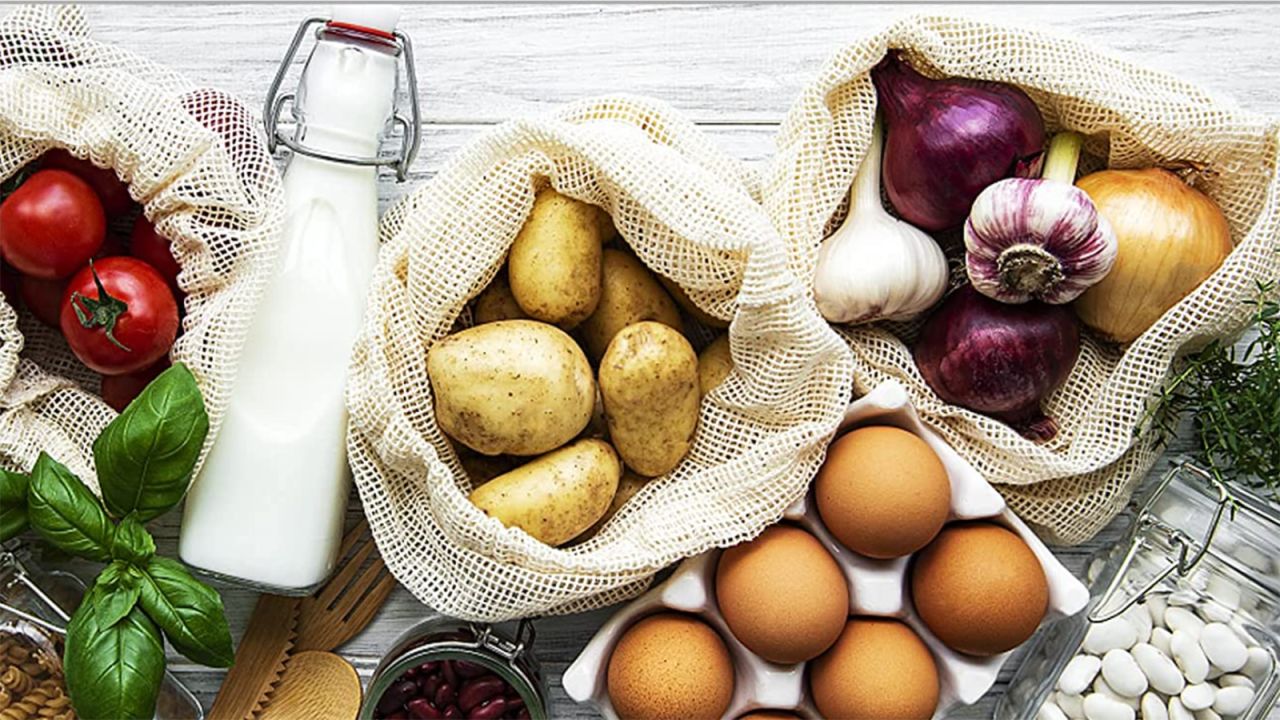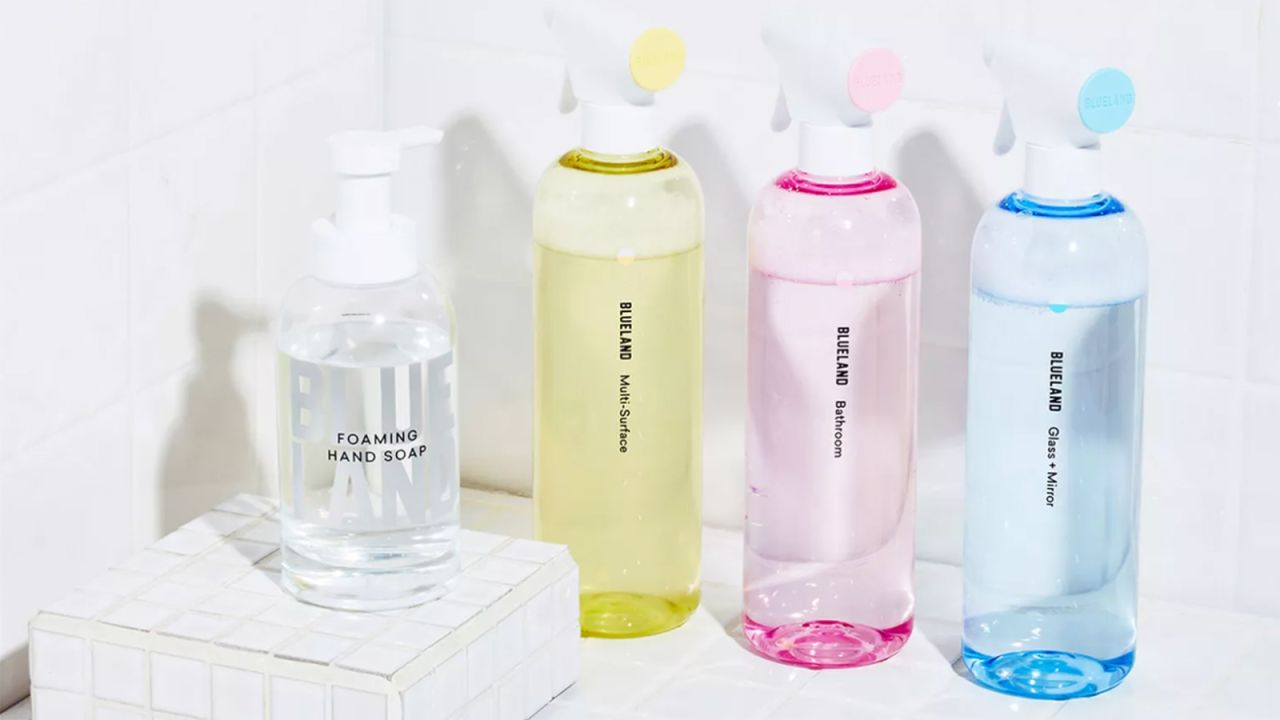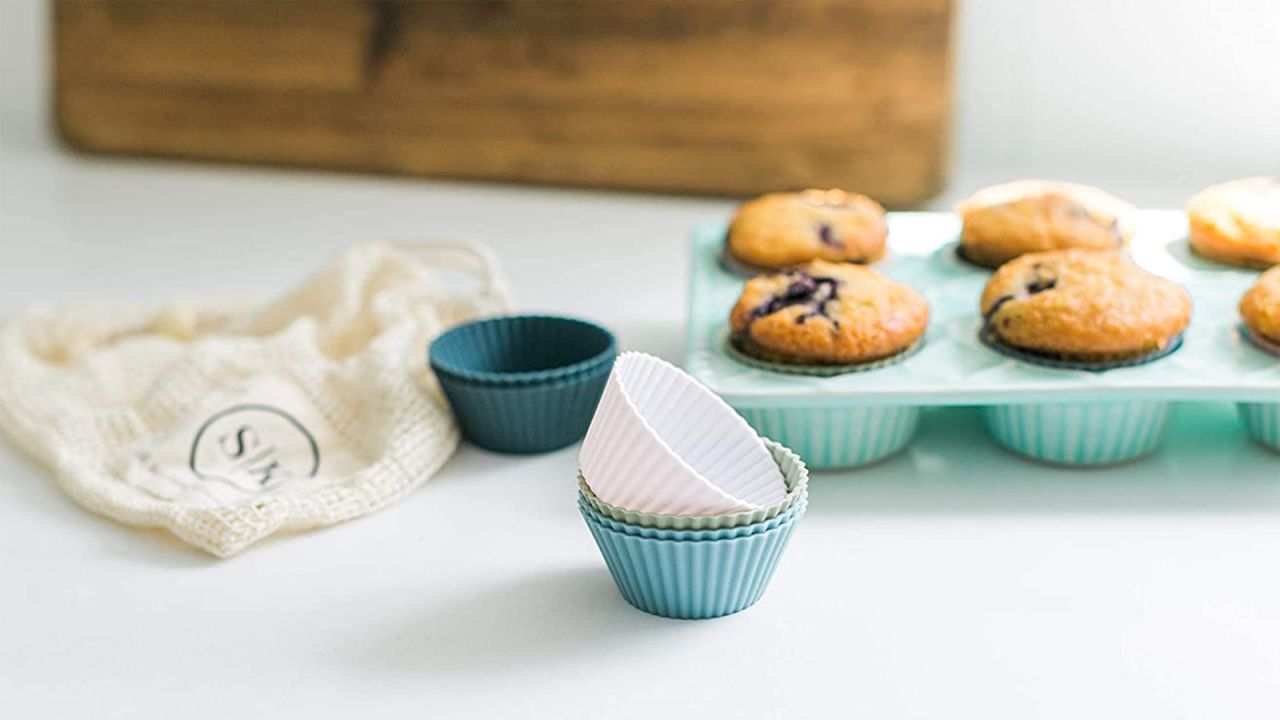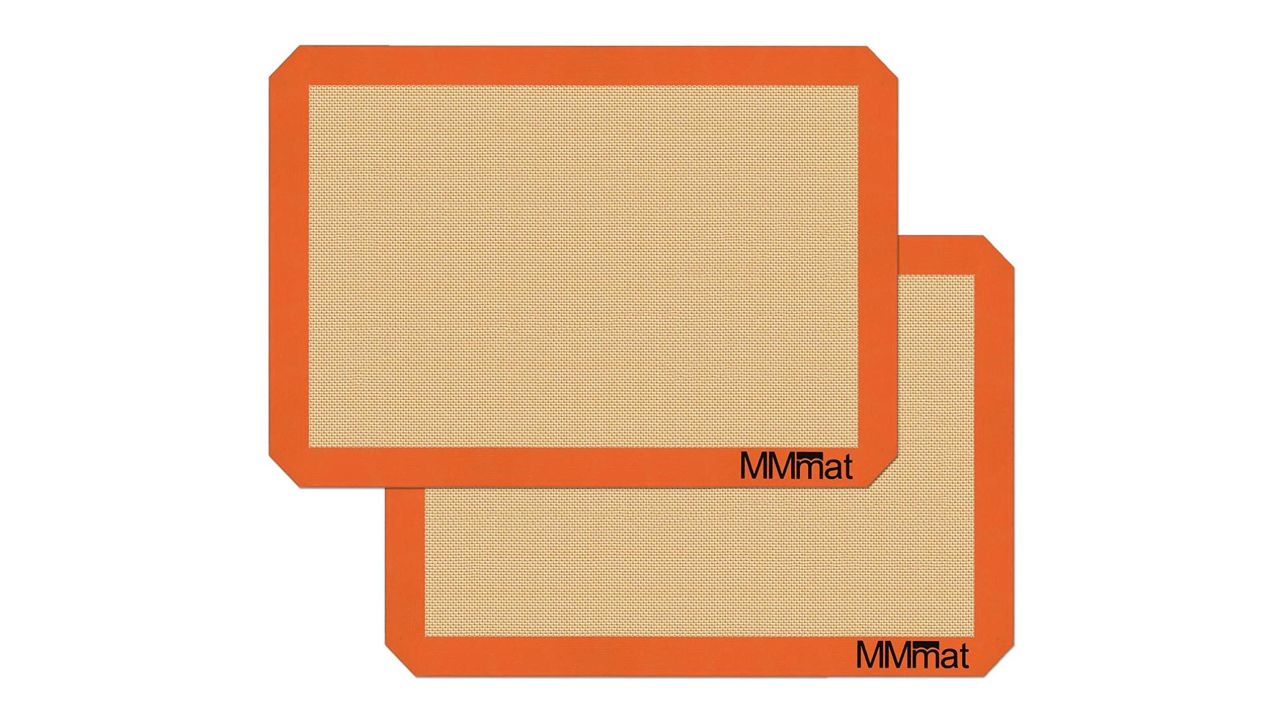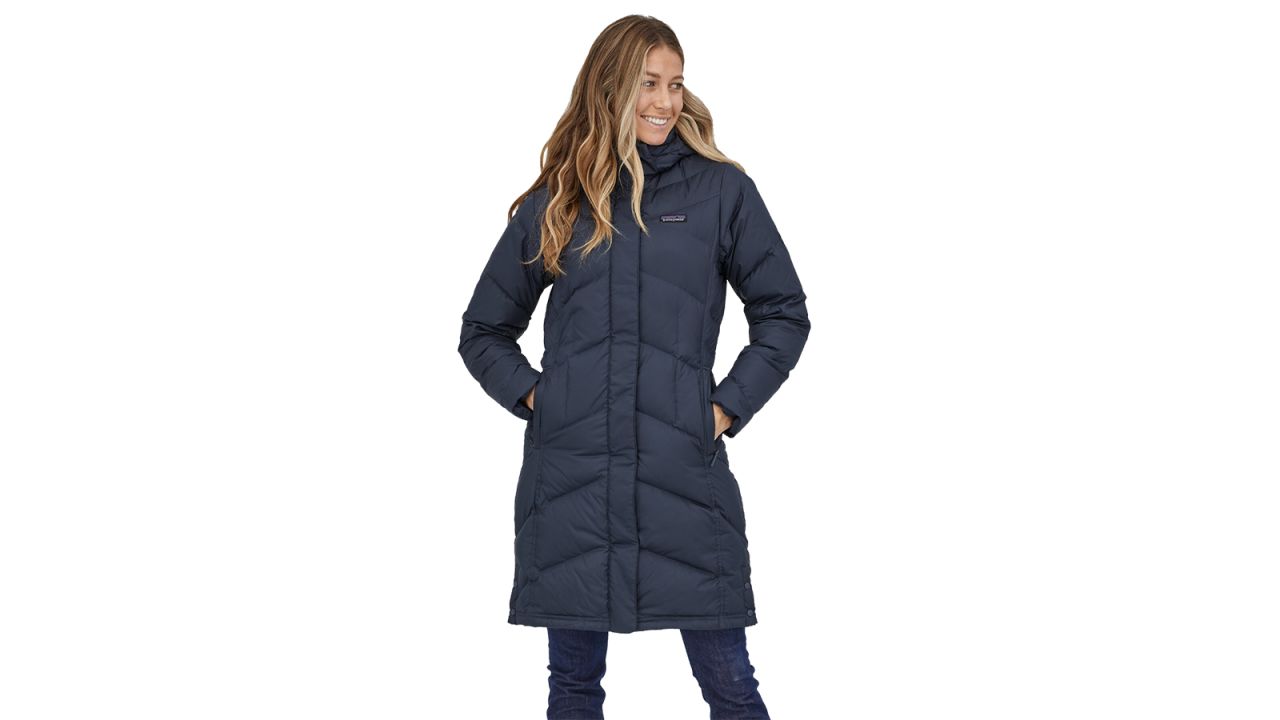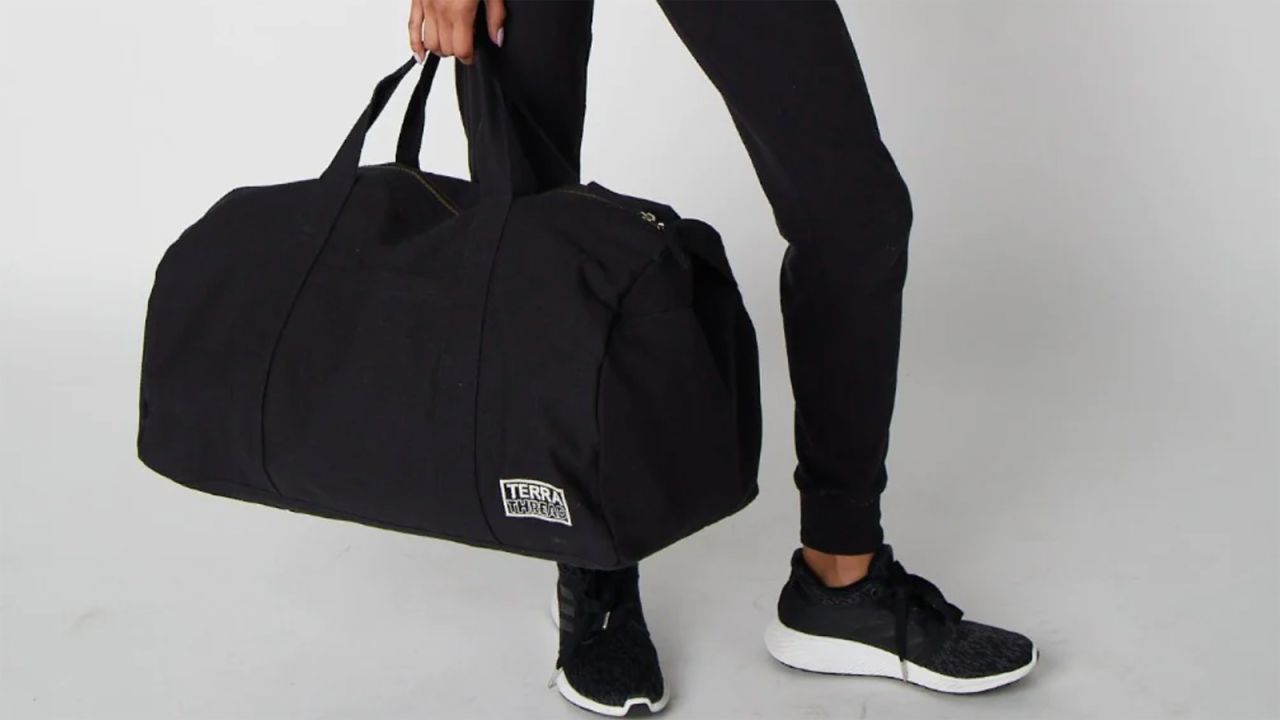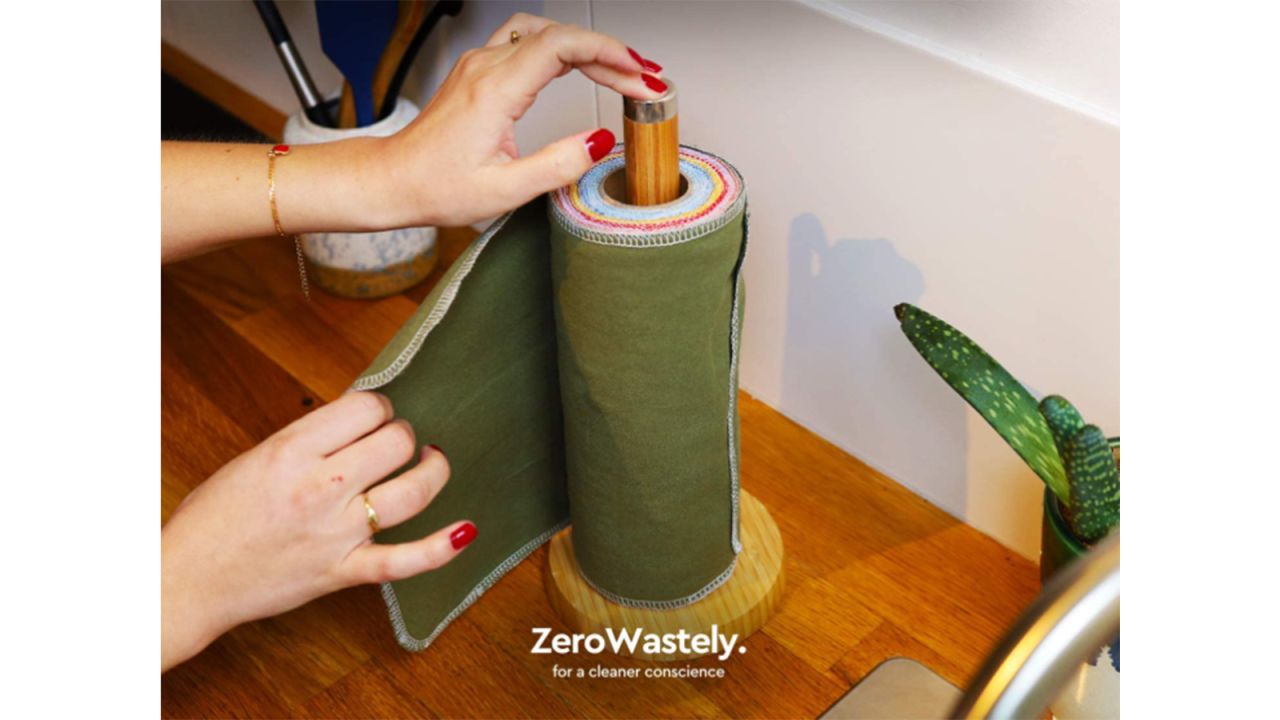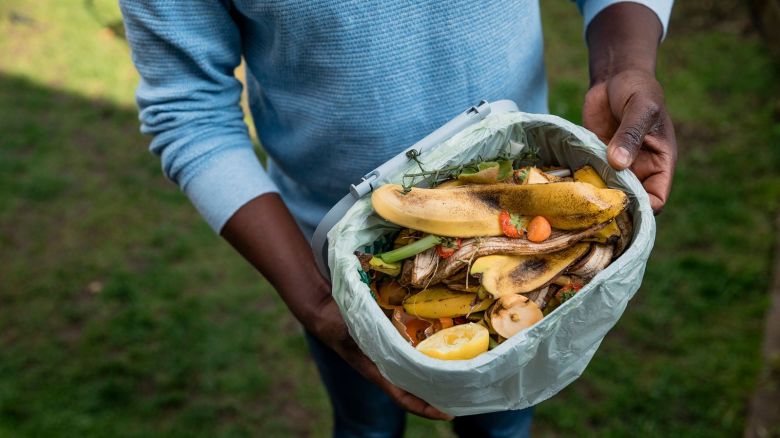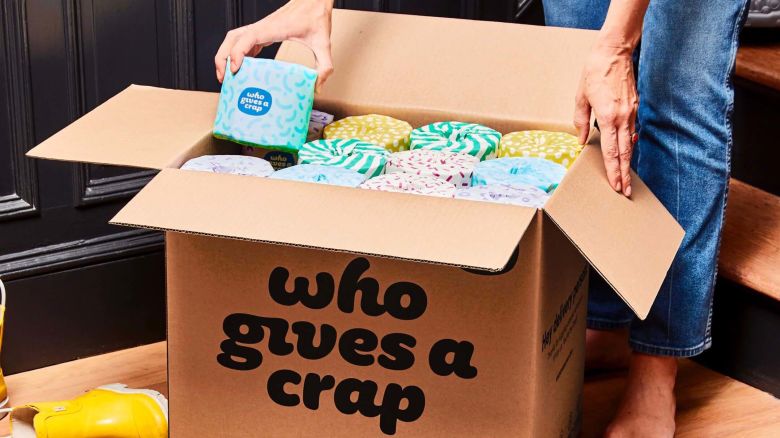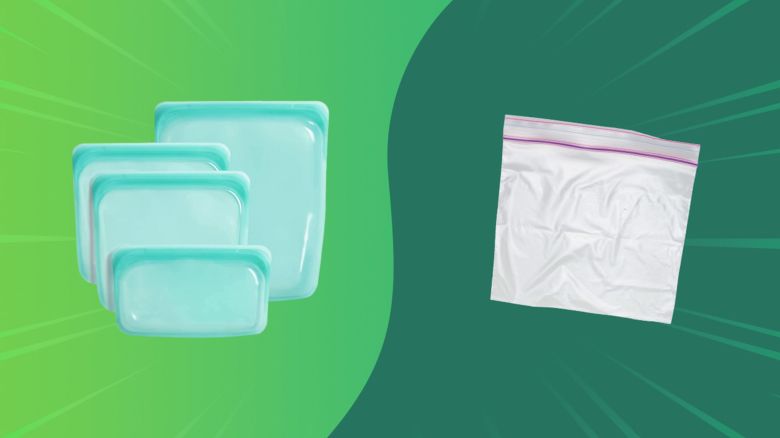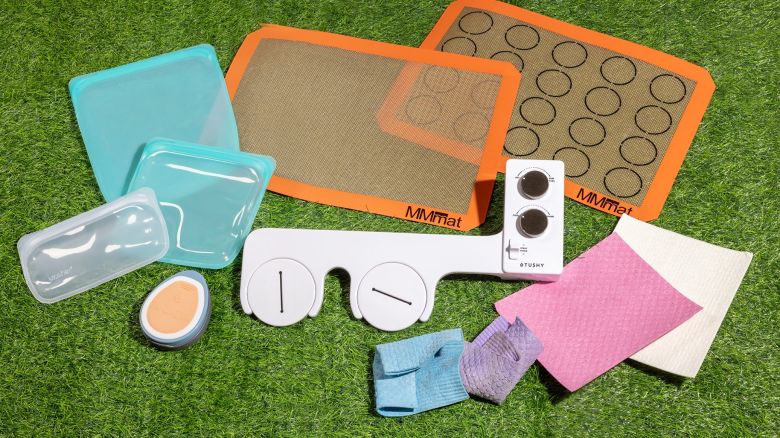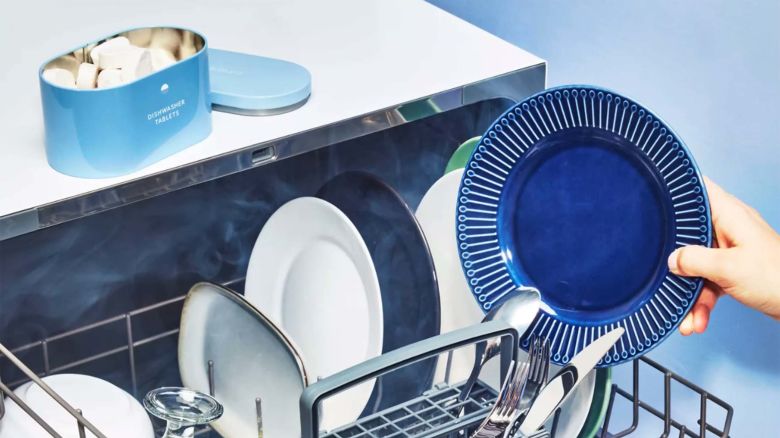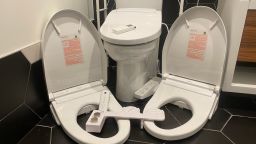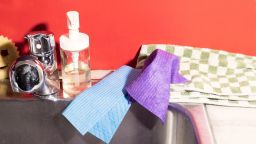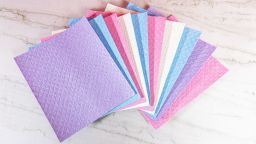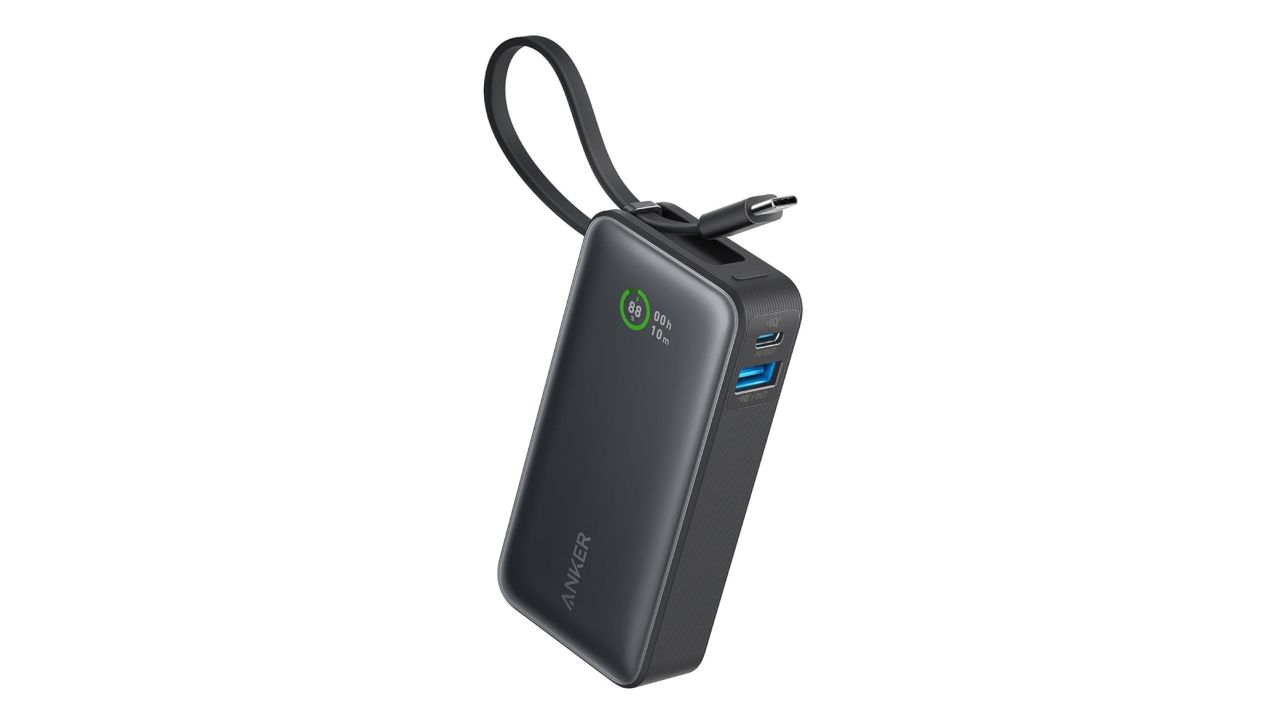This article is a part of CNN Underscored’s Earth Week, a weeklong focus on our planet and ways to celebrate and preserve it. We’ll be featuring tips on how to live more sustainably, products to help you spend more time in nature and exclusive deals all week, so check in every morning to see what’s new and be sure to subscribe to the CNN Underscored newsletter to see it all.
If you’ve been noticing more eco-friendly products popping up on your supermarkets’ shelves or in your online shopping baskets, you’re not alone. In 2022, New York University’s Stern Center for Sustainable Business found that sustainable products make up approximately 17% of the market — and that number is growing.
And while you might love the idea of sustainable living and switching to reusable products, you might not love the price premiums that often accompany these environmentally friendly goods. But making the move toward an eco-friendly lifestyle doesn’t have to mean spending more. In fact, there are even sustainable products that save you money.
To help explain this, we talked with experts to understand how we can make sustainable purchases that are better for the planet and better for our long-term budget.
Making the switch to sustainable
Why do sustainable products cost more?
While more consumer demand for sustainable goods has increased the number of reusable, eco-friendly products on the shelves and driven prices down, they still almost always cost more up front than their single-use counterparts.
“In order to make reusable products, they have to be more durable than single-use products because they have to be able to stick around for a long time,” says Dr. Shelie Miller, director for the program in the environment at the University of Michigan.
Think about the difference between your favorite ceramic coffee mug at home and the paper one you might be served at your local coffee shop; the ceramic one is thicker, heavier and more durable than the paper one, since it’s crafted to be used hundreds or thousands of times.
However, the process for making a ceramic mug is much more extensive, requiring stages of molding, casting, firing and glazing, while paper can just be cut from a roll and sealed into a cup shape. All this means that more energy, materials and labor are required during the manufacturing process for a ceramic mug, which drives up costs.
So, how are these reusable goods more sustainable if they call for more energy and materials?
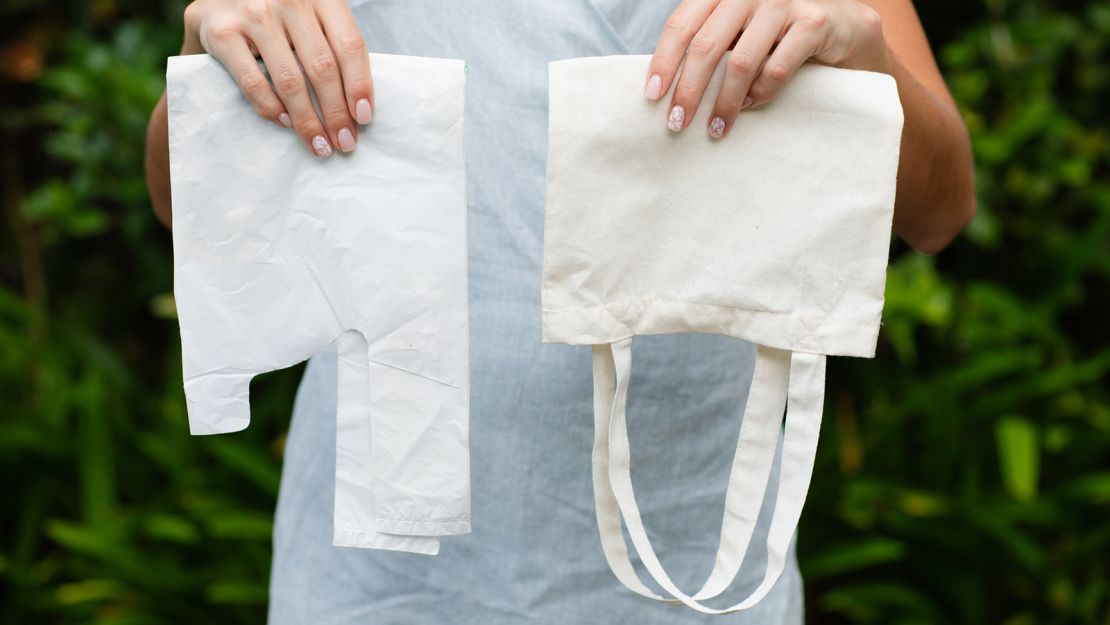
In sustainability research, reusable items can be assigned something called an environmental payback period, which determines how many times you would have to reuse that item in order for it to have the same environmental impacts as a single-use alternative. The environmental impact of an item is calculated over its entire life cycle and takes into account the extraction of materials, manufacturing, transportation, use and eventual disposal.
Miller and her team have researched how these environmental payback periods differ between an array of reusable alternatives for single-use plastic items.
Different materials have different environmental profiles and payback periods, so there is no singular magic number of uses at which a reusable item completely breaks even in all categories. Generally speaking, the more times you use and reuse an item, the more you curb your overall impact compared to single-use products.
The issue is that we often treat our reusable items as if they are semi-disposable, quickly accumulating new items as we want them and not as we actually need them. Instead, we could reap the most environmental and economic benefit by reusing the items we already own to their full extent.
What you can do to reduce consumption and waste
Make the most of what you have
Really, the best thing you can do, both environmentally and economically, is reduce your overall consumption of goods. This means that instead of buying replacements to have on hand or scooping up the newest market model, make use of the items you already own.
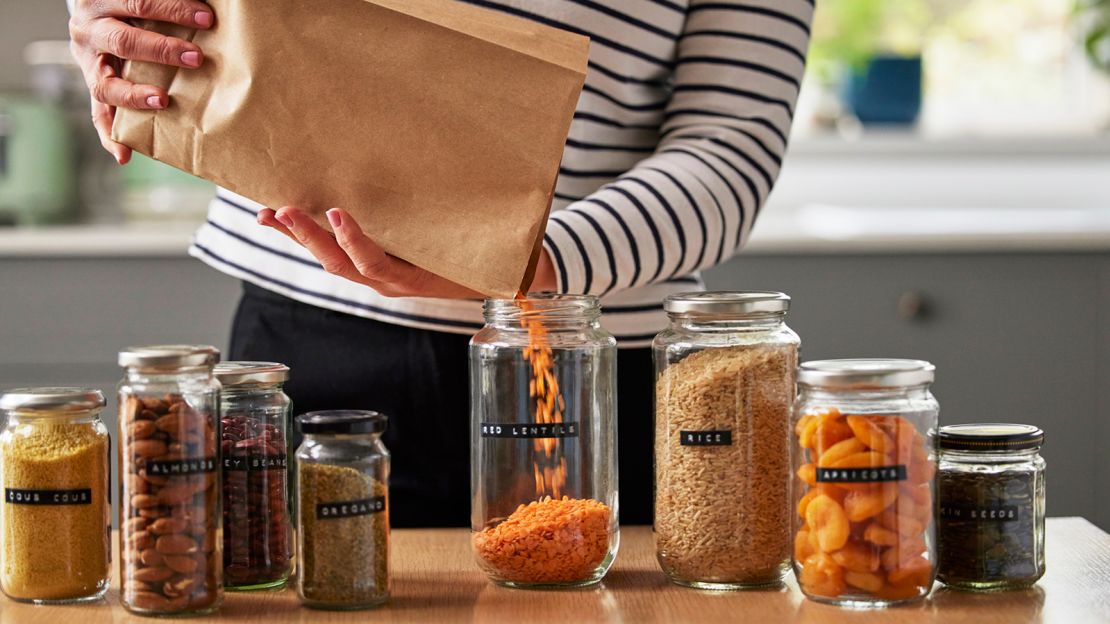
Approaching purchases with a greater sense of consumer responsibility can help us make more eco-friendly buying decisions and empower us to save money by reusing the items we already own instead of snapping up something new. To put it simply, just follow the classic reduce, reuse, recycle prioritization.
“If you can reduce the number of coffee mugs in your life, that is going to be the most environmentally beneficial thing. Then look to reuse those coffee mugs through, you know, travel mugs,” says Miller. “And then finally, when all else fails: recycle.”
Sustainable product swap ideas
In a perfect world, the goods we own would last us the rest of our lifetimes and give us no need to buy anything else. But realistically we all need to make a new purchase from time to time.
While financially you’re investing more of your money up front for a sustainable good, the cost per use should begin to trend downward the more you reuse it. With a single-use good, you’re repurchasing an item every time you need it, and while it might be cheaper initially, buying it time and time again can lead to greater long-term costs for a lesser-quality product.
When the time comes where you absolutely have to buy a replacement item, consider investing in a high-quality reusable good that will be able to endure years of daily wear and that you’ll actually like using. So, for the next time you’re ready to buy, we’ve picked some of our favorite reusable and sustainable products for you to shop from — and, as a plus, most of these swaps will start saving you money in less than a year of daily use.
This curious gadget will change how you go to the bathroom — and save you money along the way. It works by perfectly wetting a piece of toilet paper so you can clean your tush effectively without a wet wipe. We found that it cuts down on toilet paper usage, which is a positive for the planet and your pocketbook.
A bidet attachment is another affordable toilet paper alternative. In our testing, the Tushy Classic 3.0 Bidet was easy to install and offered a comfortable, adjustable stream. And most importantly, it didn't cost a fortune unlike some bidet seats.
When we tested 12 men's razors, this safety razor from Bevel came out on top for delivering a remarkably close shave. Replacement blades are affordable and sustainable, since they're recyclable and made entirely of metal.
Sponges shed microplastics every time you wash them, making them terrible for the environment and your health. Luckily, this eco-friendly brush is an easy swap. When your brush head has reached the end of its life, you can simply plop it into your compost and buy a replacement.
If you love taking your coffee to go, grab a mug that works just as well on the road as it does at home. This Hydro Flask mug and lid set is ideal for your work commute, weekend adventure getaway or simply a cozy morning at home. Plus, if you choose a dedicated coffee mug, don’t worry about scrubbing it after each use. Just give it a quick rinse with water and let it dry for use the next morning.
No need to give up your daily coffee routine. Instead of single-use K-Cups or paper filters, opt for a French press coffee maker or, for pour-over lovers, this stainless steel reusable filter. By swapping your paper filters with this stainless steel one, you’ll have to use it about 300 times for it to be more cost effective. That means after one year, you’ll start saving money, not to mention skipping out on all those paper filters that would have ended up in the trash.
Made from stainless steel with a rust- and puncture-resistant design, the Rambler is our pick for the best water bottle, sporting a sturdy and stylish design. If you find yourself reaching for at least one plastic water bottle daily, you’ll only need to use this Yeti bottle once a day for about nine months before the savings start kicking in.
When it comes to making larger home purchases, take a look at buying from sustainable furniture brands or investing in energy-efficient appliances. This Zero Waste Coffee Table from Avocado is made from upcycled beechwood, making it bright, durable and impact-resistant. Or, if you need a quick fix in a temporary space, look into renting furniture instead of opting for a cheap, quick fix you’ll discard during your next move.
Reusable bags like these from Stasher can be a great cost-effective alternative to replace oodles of plastic snack bags. We love them for toting around snacks, packing lunches or storing leftovers and preventing food from unnecessarily ending up in the trash. If you opt to pack a Stasher sandwich bag in your lunch box instead of a plastic Ziploc one, in just 200 meals the Stasher bag will become the more cost-effective choice for daily use.
Take a look at your consumption habits and see where it makes the most sense to make a change. “If you're constantly buying reusable grocery bags and treating them almost like single-use grocery bags, that's actually not an environmental benefit,” says Miller. Odds are, you might already have some tote-type bags at home. But, if your old bags are broken or busted, these organic cotton canvas bags are a great choice.
These machine-washable produce bags are super helpful for keeping your shopping haul organized and for cutting back on those plastic grocery bags you’ll only use once. They’re also great to tuck in your bag for weekend farmers market trips or to help keep toys, cosmetics or other small items from shuffling about.
Reduce the plastic bottles in your cleaning cabinet by switching to this refillable glass bottle cleaning kit from Blueland. Featuring multipurpose, bathroom and glass cleaners, all you need to do is order some refill tabs to keep your home in order. If you’re a frequent cleaner, and not someone who just keeps sprays stashed away for emergencies, you’ll start to see the financial savings on these Blueland cleaners and bottles closer to the two-year mark.
“If you are able to reduce food waste in any form, you're going to both save money and have [an] environmental benefit,” says Miller. “Composting is great, but figuring out ways to reduce food waste is even better.” These glass Pyrex containers allow you to actually see your leftovers and are also great for meal prep or on-the-go lunches.
If you’re an avid home baker, consider switching out your traditional paper liners for these silicone ones. After you bake about 70 dozen-count batches of your favorite cupcake, muffin or mini quiche recipe, you’ll be saving money by using these silicone cups instead of single-use liners. They also double as snack holders for any packed lunches and are a breeze to clean.
Replace parchment paper and aluminum foil with these silicone slip mats, which are a reader favorite. Instead of using a square foot (or likely more) of aluminum foil, in about 211 meals these slip mats will save you money on your pantry run restock and help keep single-use foil out of your trash.
When shopping for clothes, avoiding fast fashion and shopping from sustainable brands is a great starting point. Thrifting clothes, buying secondhand and even renting clothes for special occasions are all good routes for more sustainable buying. If you’re in need of something to help you brave the winter cold, this Down Parka from Patagonia is highly rated and made from recycled down insulation to keep you super warm. You can also shop the Worn Wear collection for gently used Patagonia items at discounted prices.
Made of Certified Fairtrade Organic cotton canvas, this duffel bag from Terra Thread is great for use as a gym bag or for holding all your weekend essentials if your current bag is falling apart.
Ditch your paper towels for reusable ones to tackle daily messes, drying and cleaning. These "un-paper" towels even come on a roll like traditional paper ones, making them even easier to grab for on your counter. Or if Swedish dishcloths have become your thing, you can grab them in a roll style as well. Instead of spending hundreds of dollars a year replacing your paper towels, grab a roll of these for $36 (the same cost as about four packs of six paper towel rolls) and launder them with your regular laundry load.

